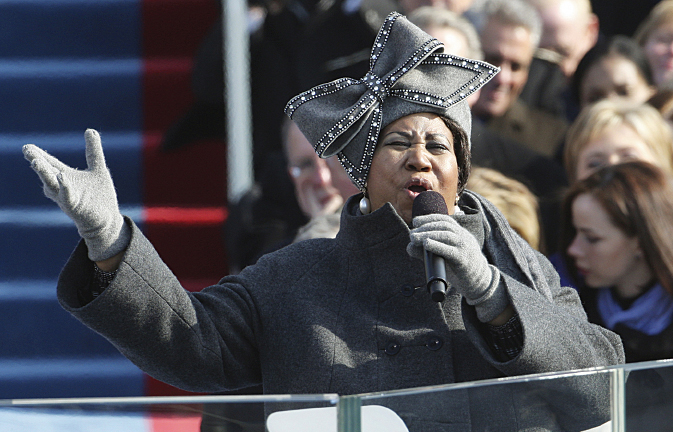Ornamentation
Not all melodies of the time are as complicated as the one shown on the previous page, however, and some, such as the simpler Baroque dances, are exceptions to the rule. On the other hand, the most highly prized skill of the elite musicians of the era, opera singers, was improvising melodic extras in the arias they sang night after night in the theater. This practice is called ornamentation.
Before the present era of sound amplification, when volume does much of the work, audiences thrilled to brilliant, fast, very high (or very low) music played and especially improvised by singers and instrumentalists. This is still very much the case with jazz — and when was the last event you went to or watched on TV where “The Star-
In the Baroque era, enough improvisations were written down, as guides for lesser musicians, to give us some idea of the art of the greatest virtuosos — such as the singers Bordoni and Cuzzoni (see page 146) and the violinist-
